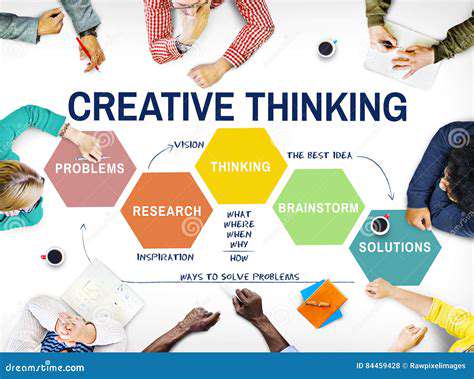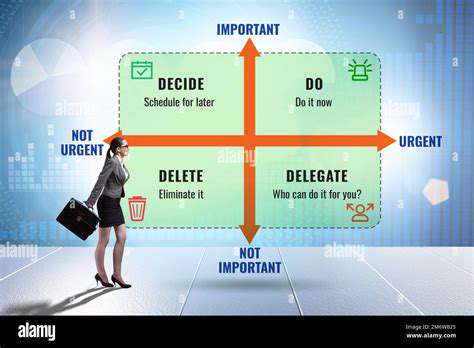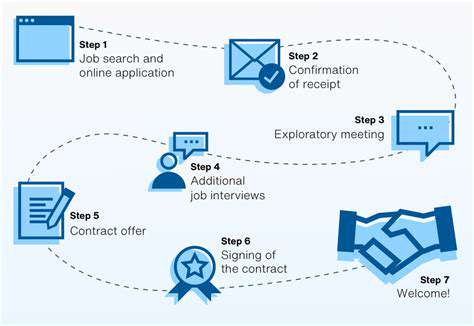How to Manage Your Business Expenses
Watch for ambiguous language that could lead to differing interpretations later. Phrases like reasonable efforts or industry standard should be defined specifically for the agreement.
Strategies for Optimizing Contract Clauses
Approach each clause with improvement in mind. Could payment terms be structured more favorably? Might performance metrics be adjusted to better align with your capabilities? The most negotiable clauses often relate to timelines, quantities, and pricing structures rather than core legal protections.
When proposing changes, frame them as mutual benefits rather than concessions. For example, offering faster payments in exchange for price reductions can create win-win scenarios.
Ensuring Contract Compliance and Enforcement
After signing, create an internal summary document highlighting key obligations and deadlines. Assign responsibility for monitoring each requirement to specific team members. This proactive approach prevents accidental breaches and ensures you receive all contracted benefits.
Establish clear procedures for addressing potential disputes. Specify preferred communication channels and escalation paths in writing to prevent minor issues from becoming major conflicts.
Implementing Cost-Cutting Strategies (Without Sacrificing Quality)
Understanding the Importance of Cost-Cutting
Strategic cost management differs significantly from indiscriminate budget slashing. The goal isn't merely to spend less, but to spend smarter - redirecting resources from low-value activities to high-impact initiatives. This mindset shift transforms cost-cutting from a defensive tactic to an offensive strategy for growth.
Identifying Areas for Potential Savings
Begin by categorizing expenses as either essential or discretionary. Essential costs directly support core operations, while discretionary ones, though potentially valuable, offer more flexibility. Conduct a zero-based review of recurring expenses - just because something was necessary last year doesn't mean it still is.
Look beyond obvious line items. Sometimes the greatest savings come from process improvements rather than direct cost reductions. For example, reducing production waste by 5% might save more than negotiating a 2% discount from suppliers.
Implementing Streamlined Operational Processes
Map out key workflows to identify redundancy and inefficiency. Employees performing the work often have the best insights into unnecessary steps or bottlenecks. Empower teams to suggest improvements, as frontline workers frequently spot optimization opportunities management might miss.
Consider implementing continuous improvement programs where employees at all levels can propose and test efficiency ideas. Small, incremental changes often yield significant cumulative savings without major disruption.
Prioritizing Technology Investments
Evaluate technology purchases based on their potential to either reduce costs or increase revenue. A tool that automates 20 hours of weekly manual work might justify its cost quickly, while a flashy but non-essential system might not. Focus on technologies that provide clear, measurable ROI within your planning horizon.
For software solutions, consider whether cloud-based options could reduce capital expenditures and IT maintenance costs while providing greater flexibility.
Maintaining Quality While Reducing Costs
Quality should be measured by customer perception, not internal assumptions. Sometimes perceived quality actually improves when eliminating costly features customers don't value. Survey clients to understand which aspects they truly care about, then focus resources there.
When changing suppliers or materials, conduct thorough testing before full implementation. The savings from cheaper components disappear if they lead to increased returns or damaged reputation.
Budgeting and Forecasting for Future Growth
Understanding the Importance of Budgeting
Think of your budget as a financial compass rather than a straitjacket. While it provides essential direction, the most effective budgets allow for course corrections as conditions change. A living document updated quarterly often proves more useful than a rigid annual plan. This approach acknowledges business realities while maintaining fiscal discipline.
Involve department heads in budget creation rather than imposing targets from above. Teams that help set their budgets typically show greater commitment to staying within them.
Forecasting Future Trends for Accurate Projections
Develop multiple forecast scenarios - optimistic, pessimistic, and most likely. This prepares your business for various economic conditions without overcommitting resources. Pay particular attention to leading indicators in your industry that signal coming changes before they appear in financial statements.
Regularly compare forecasts to actual results. Significant variances indicate where your predictive models need refinement or where unexpected market shifts are occurring.
Implementing Effective Strategies for Growth
Align growth initiatives with your core competencies. Expansion into unrelated areas often proves more costly than anticipated. Instead, look for ways to leverage existing strengths into new markets or product variations.
Phase investments to match verifiable milestones rather than making large upfront commitments. This staged approach reduces risk while allowing you to redirect resources if early results disappoint.
Finally, remember that sustainable growth requires balancing ambition with financial prudence. The businesses that thrive long-term know when to accelerate and when to consolidate their gains.
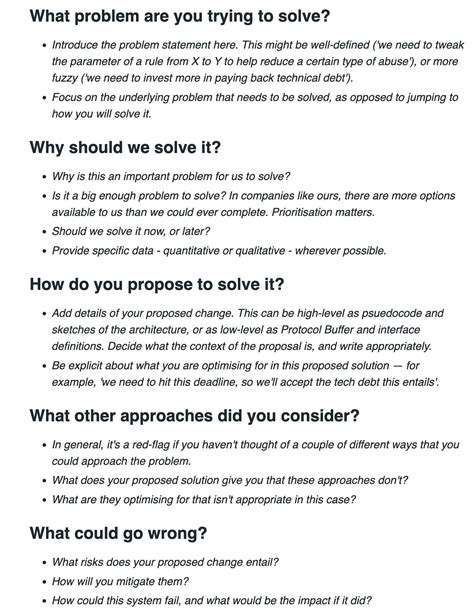
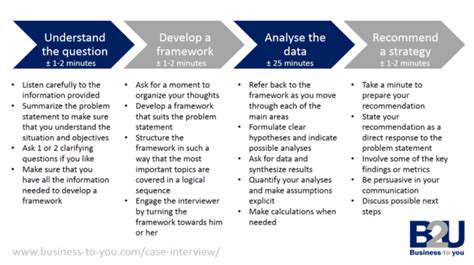
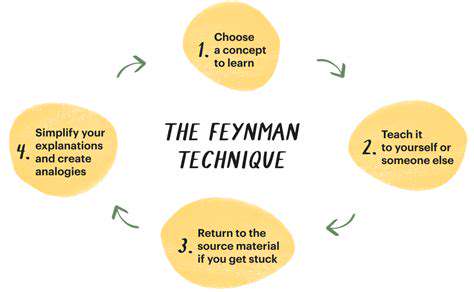


![Guide to Learning [Specific Photography Niche, e.g., Portrait Photography]](/static/images/32/2025-05/CompositionTechniquesforVisuallyAppealingPortraits.jpg)

